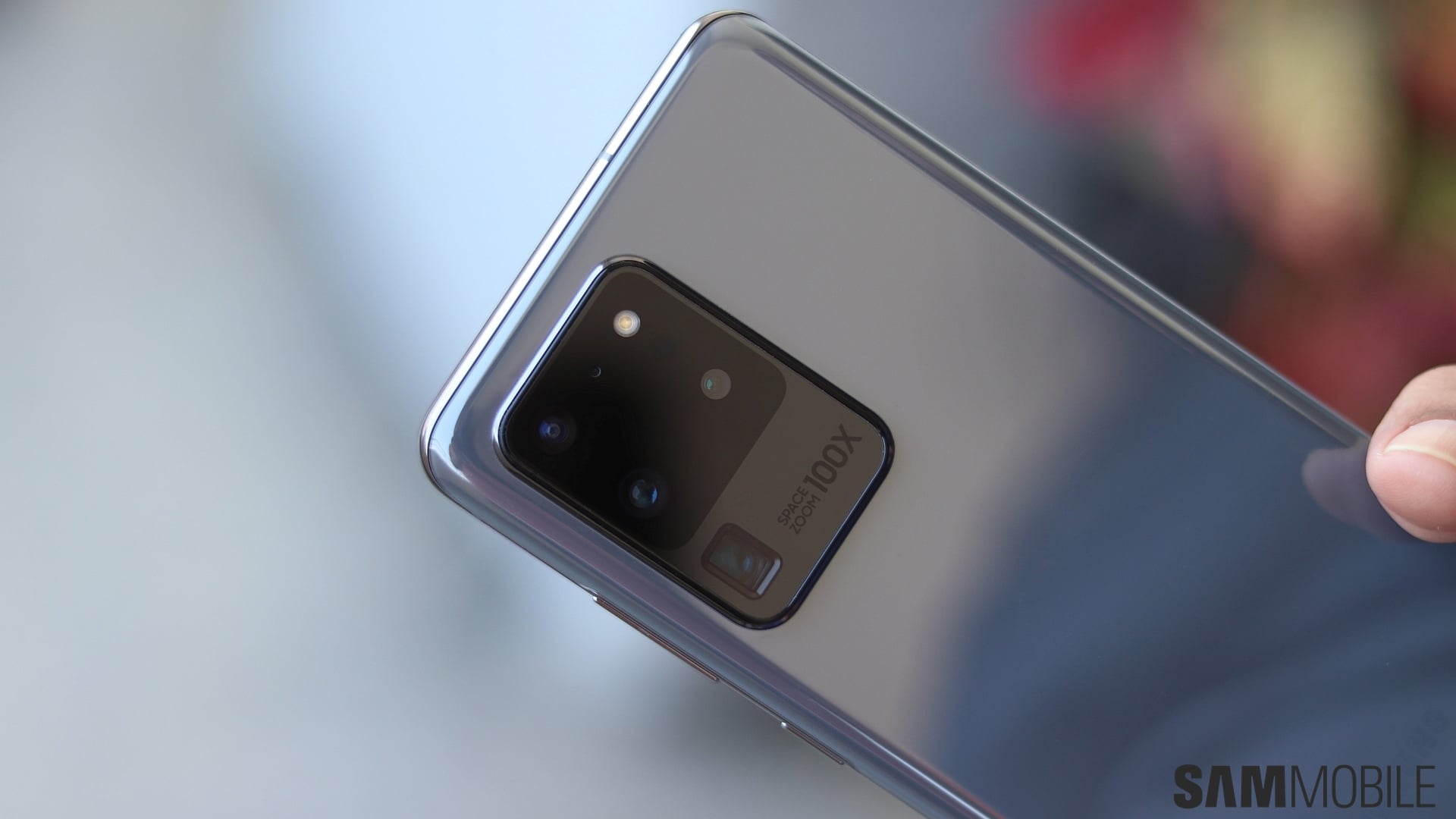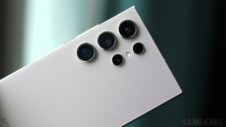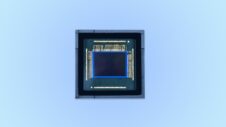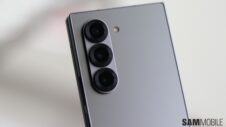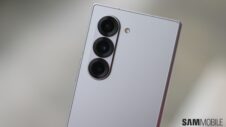Rumors of Samsung working on its very own time-of-flight sensors have been circulating the industry for a while now, and you know what they say: where there's smoke, there's surprisingly revelatory trademark filings to admire. Cue Samsung's newly uncovered attempt at trademarking the term “ISOCELL Vizion.” Filed with the European Union Intellectual Property Office just yesterday, the very name of Samsung's newest trademark application points toward new imaging tech. The filing actually leaves even less to the imagination by specifying it concerns not just traditional cameras, but time-of-flight sensors, as well.
ToF imagery has been a sore point for Samsung this year. Primarily because Sony, the provider of leading solutions in the field signed an exclusive supply contract with Apple, leaving Samsung to choose between outdated ToF sensors and dropping the modules altogether. In the context of consumer electronics, high-end ToF sensors are an extremely desirable solution to an otherwise pretty hopeless problem – doing reliable depth-mapping using minuscule smartphone cameras. Not necessarily just for still photography – you could argue the original Pixel figured that one out using just one lens – but in the service of more demanding applications such as live filters.
Samsung's answer to Sony's ToF chips likely to debut with the Galaxy Note 21 / 30
With Apple sucking up all of Sony's latest and greatest ToF chips, Samsung went back to the photography basics with the Galaxy Note 20 series which featured a state-of-the-art laser autofocusing system instead of a tiny radar, which is essentially how ToF tech operates. And while the timing of this trademark would suggest Samsung's answer to Sony's sensors is closer than most anticipated, it's still unlikely to be commercialized prior to mid-2021. I.e. prior to the Galaxy Note 21 / Note 30 family, assuming there'll be no surprises on that front.
This EUIPO filing comes mere days after reliable industry insiders signaled Samsung is preparing to double down on in-house smartphone cameras. The company will reportedly begin sourcing an even larger volume of imaging modules from within as of next year. Many of those were just unveiled earlier this week, in fact, led by another ultra-sharp 108-megapixel sensor.
